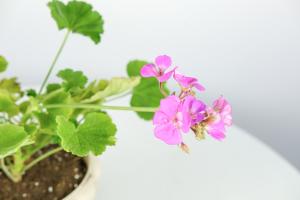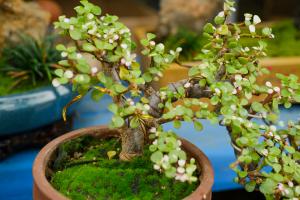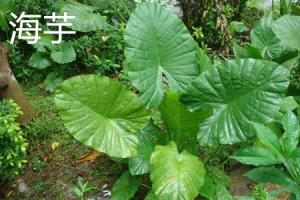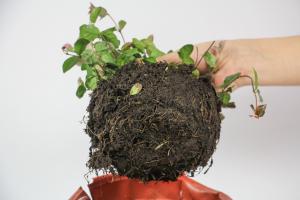How to Care for a Bay Tree Plant
Bay tree plants are popular not only for their culinary uses but also for their ornamental value. These evergreen trees can grow up to 39 feet tall and are known for their aromatic foliage. Here are some tips on how to care for a bay tree plant:
Location
Bay tree plants prefer a warm and sunny location, but they can also tolerate partial shade. They thrive in well-draining soil that is rich in organic matter. Avoid planting them in areas with high winds and frost as they are not frost-tolerant. In areas with harsh winters, it is recommended to grow bay tree plants in containers that can be moved indoors during the cold months.
Watering
Bay tree plants prefer moist but well-draining soil. Water them regularly during the growing season, and ensure the soil does not become waterlogged as this can lead to root rot. Reduce watering during the winter months as they become dormant and do not require as much moisture.
Fertilizing
Bay tree plants require regular fertilizing with balanced fertilizers rich in nitrogen, phosphorus, and potassium. Apply fertilizers every 4-6 weeks during the growing season. Avoid applying fertilizers during the winter months as they are not actively growing.
Pruning
Pruning is an essential part of the care routine for bay tree plants. Regular pruning helps to maintain their shape and prevent overgrowth. Prune during the spring and summer months, and avoid pruning during the winter months as the plant becomes dormant.
Pests and Diseases
Bay tree plants are relatively low-maintenance, but they can be susceptible to pests and diseases. Common pests include spider mites and aphids, which can be treated with insecticidal sprays or soapy water. Bay trees are also prone to root rot and fungal diseases, which can be prevented by ensuring proper drainage and good air circulation around the plant.
Harvesting Bay Leaves
Bay leaves are harvested from mature trees, and the best time to do this is during the summer months. To harvest, simply pick the mature leaves from the tree, ensuring you do not remove too many leaves from one branch. Bay leaves should be dried before use as fresh leaves are not as flavorful. Drying can be done in a dark and warm location or a dehydrator, ensuring they are completely dry before storage.
Conclusion
Bay tree plants are a beautiful and versatile addition to any garden that requires low-maintenance but proper care to thrive. By following these tips, you can keep your bay tree healthy, productive, and visually appealing for years to come.

 how many times do yo...
how many times do yo... how many planted tre...
how many planted tre... how many pine trees ...
how many pine trees ... how many pecan trees...
how many pecan trees... how many plants comp...
how many plants comp... how many plants can ...
how many plants can ... how many plants and ...
how many plants and ... how many pepper plan...
how many pepper plan...

































